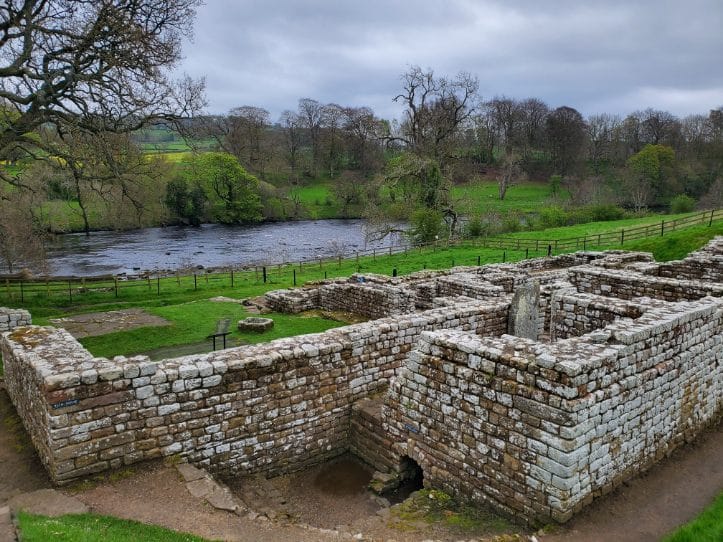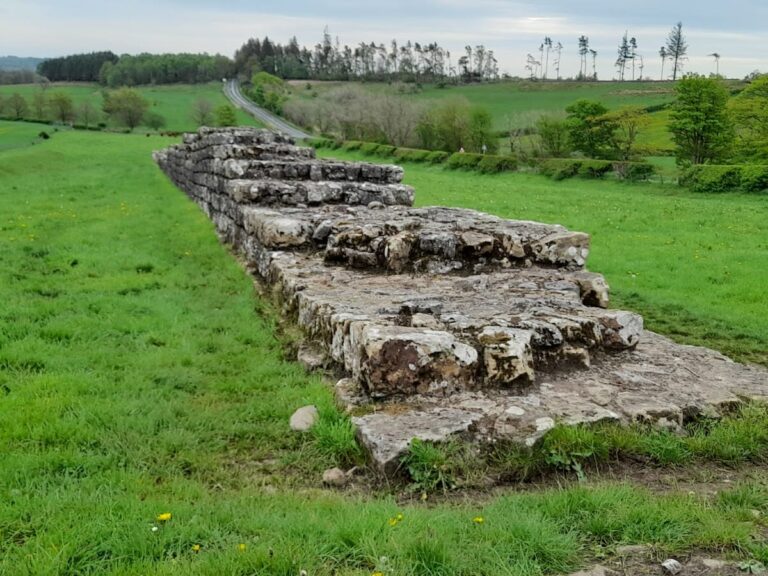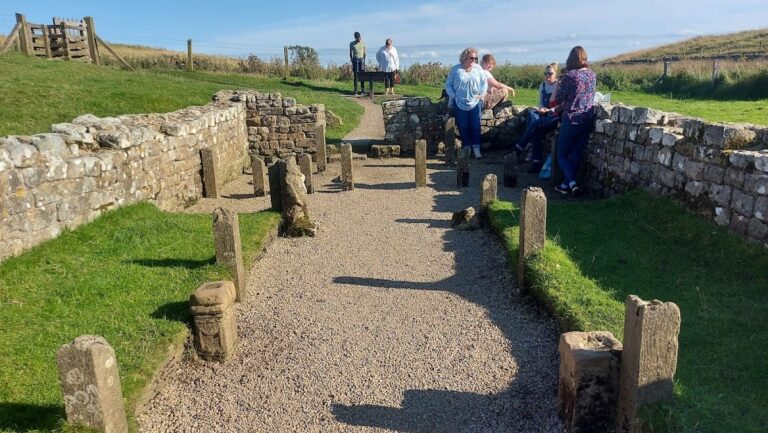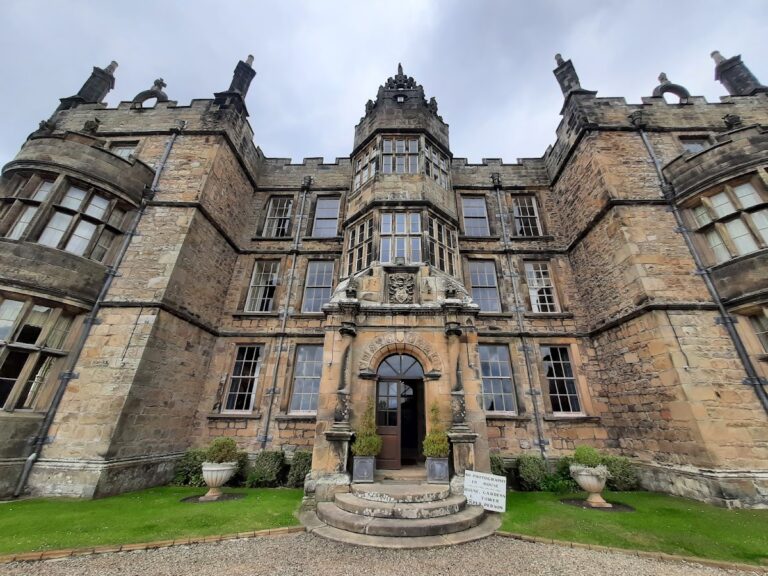Chesters Roman Fort and Museum: A Roman Cavalry Base on Hadrian’s Wall in Northumberland
Visitor Information
Google Rating: 4.6
Popularity: Medium
Google Maps: View on Google Maps
Official Website: www.english-heritage.org.uk
Country: United Kingdom
Civilization: Roman
Remains: Military
History
Chesters Roman Fort and Museum is located near Chollerford in Northumberland, England, along the route of Hadrian’s Wall. The fort was built by the Romans around AD 124, shortly after construction began on Hadrian’s Wall in AD 122. It was one of fifteen forts added later along the Wall to house auxiliary troops, specifically designed as a cavalry base.
Initially, the fort was occupied by the cavalry unit known as ala Augusta ob virtutem appellata, which consisted of about 500 horsemen. From at least AD 178 to 184, and continuing until the end of Roman rule in Britain in the 5th century, the fort was home to the ala II Asturum cavalry unit. Inscriptions also reveal temporary activity by infantry units Cohors I Delmatarum and Cohors I Vangionum Milliaria Equitata during the 2nd century, though these units did not establish permanent residence.
The fort’s design, with walls and gates projecting northward beyond Hadrian’s Wall, suggests its primary role was launching rapid offensive operations into territory north of the Wall rather than defending the Wall itself. The fort remained occupied continuously until the early 5th century, after which Roman military presence ceased. The nearby Roman bridge was dismantled around AD 675, its stones repurposed for medieval construction.
Excavations at the site began in the 19th century, led by John Clayton from 1843. Clayton uncovered much of the fort’s remains and founded a museum to house the artifacts. His nephew, Nathaniel George Clayton, continued this work until 1895. In 1954, the Ministry of Works took over the site and museum, which are now managed by English Heritage, preserving the Clayton Collection of Roman finds.
Remains
Chesters Roman Fort is built straddling Hadrian’s Wall, with its walls extending north of the Wall’s line. This layout includes three main gateways on the north side, designed to allow swift deployment of cavalry forces. The southern gateway connected the fort to the Roman road known as the Stanegate, facilitating movement and supply.
Originally, the fort contained sixteen stable-barracks, each housing about 32 cavalrymen and their horses. Later rebuilding reduced this number to twelve or fourteen, indicating a smaller garrison in subsequent periods. The rampart walk was constructed approximately 15 feet above ground level, matching the height of Hadrian’s Wall, while gates and towers rose over nine meters high.
On the western bank of the River North Tyne, near the remains of a Roman bridge, lie the fort’s baths. These baths are among the best-preserved along Hadrian’s Wall and show evidence of multiple repairs and modifications over time. The massive stone abutments of the Roman bridge still survive opposite the fort, though the bridge’s stone was later quarried for medieval building projects.
Outside the fort’s southern gate, a large civilian settlement, or vicus, developed along the Stanegate road. This settlement featured complex buildings with multiple rooms and corridors, likely dating from the 3rd century. Additionally, four large Roman columns believed to have originated from Cilurnum support the south aisle of St Giles church in nearby Chollerton.
The on-site museum, designed by architect Richard Norman Shaw and opened in 1903. It houses a significant collection of inscriptions, sculptures, and artifacts excavated from the fort and surrounding area, preserving the material culture of this Roman military site.










